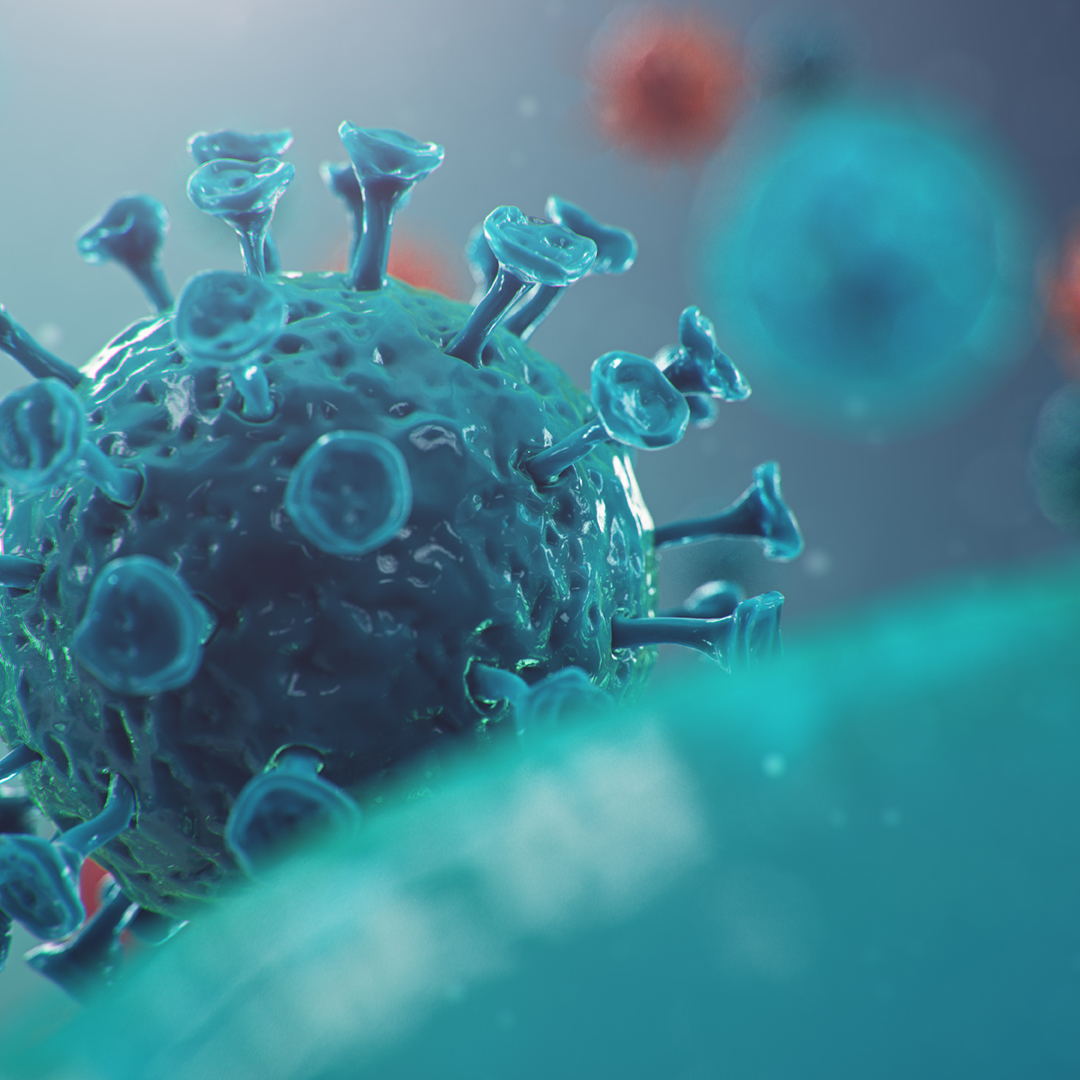
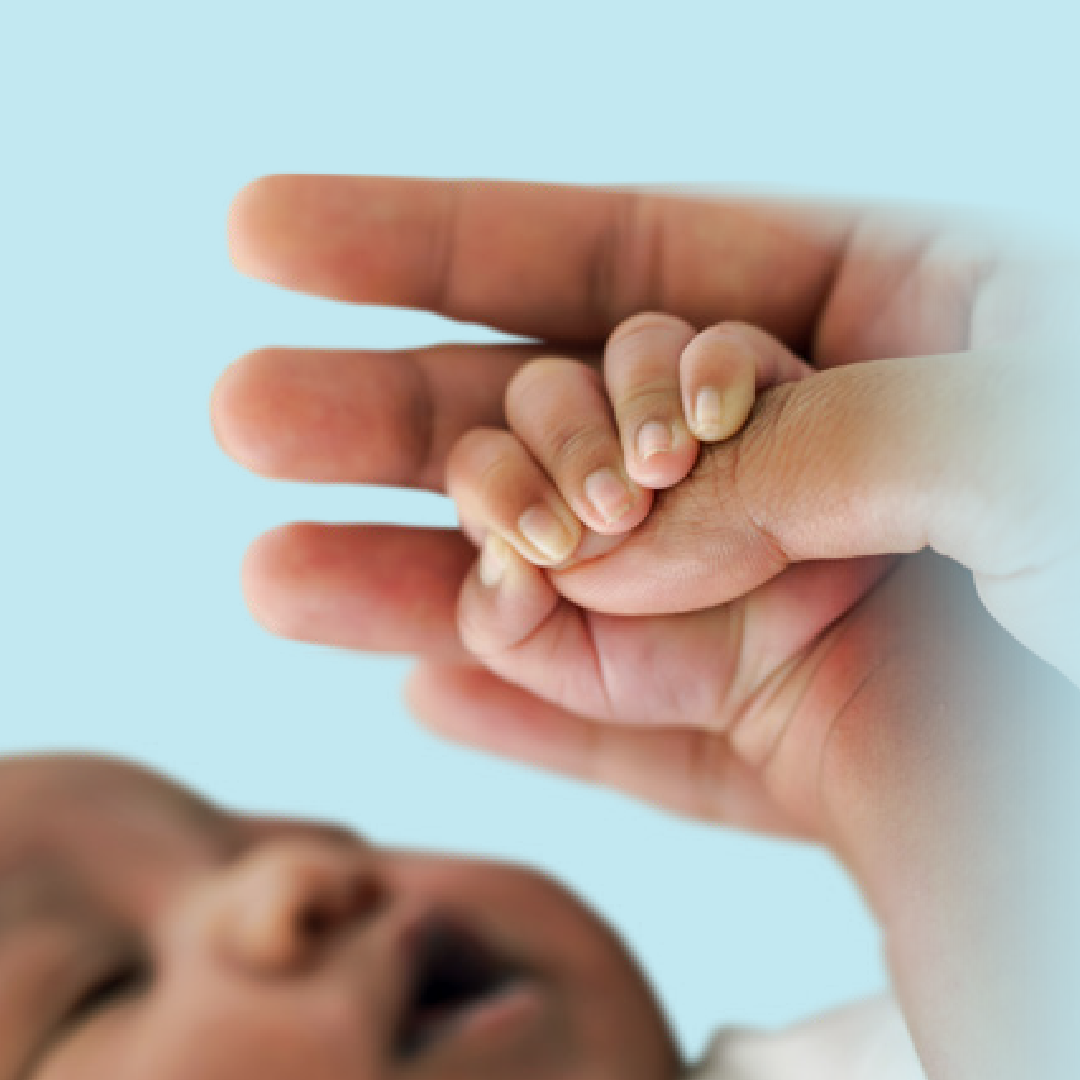
Oct 27, 2021 | Chemical Pathology
WHEN TO CONSIDER MALE FERTILITY TESTING? When a couple has the inability to conceive after 12 months of regular, unprotected sexual intercourse, a spermiogram (semen analysis) is recommended. Several male factors can cause or contribute to the inability to conceive....

Feb 19, 2021 | Chemical Pathology
Cancer represents an uncontrolled increase in certain cells in your body that can cause harm, disease or death by interfering with normal organ functions or the functioning of neighbouring organs; and also by spreading to the rest of the body. Cancer can develop in any part of the body....
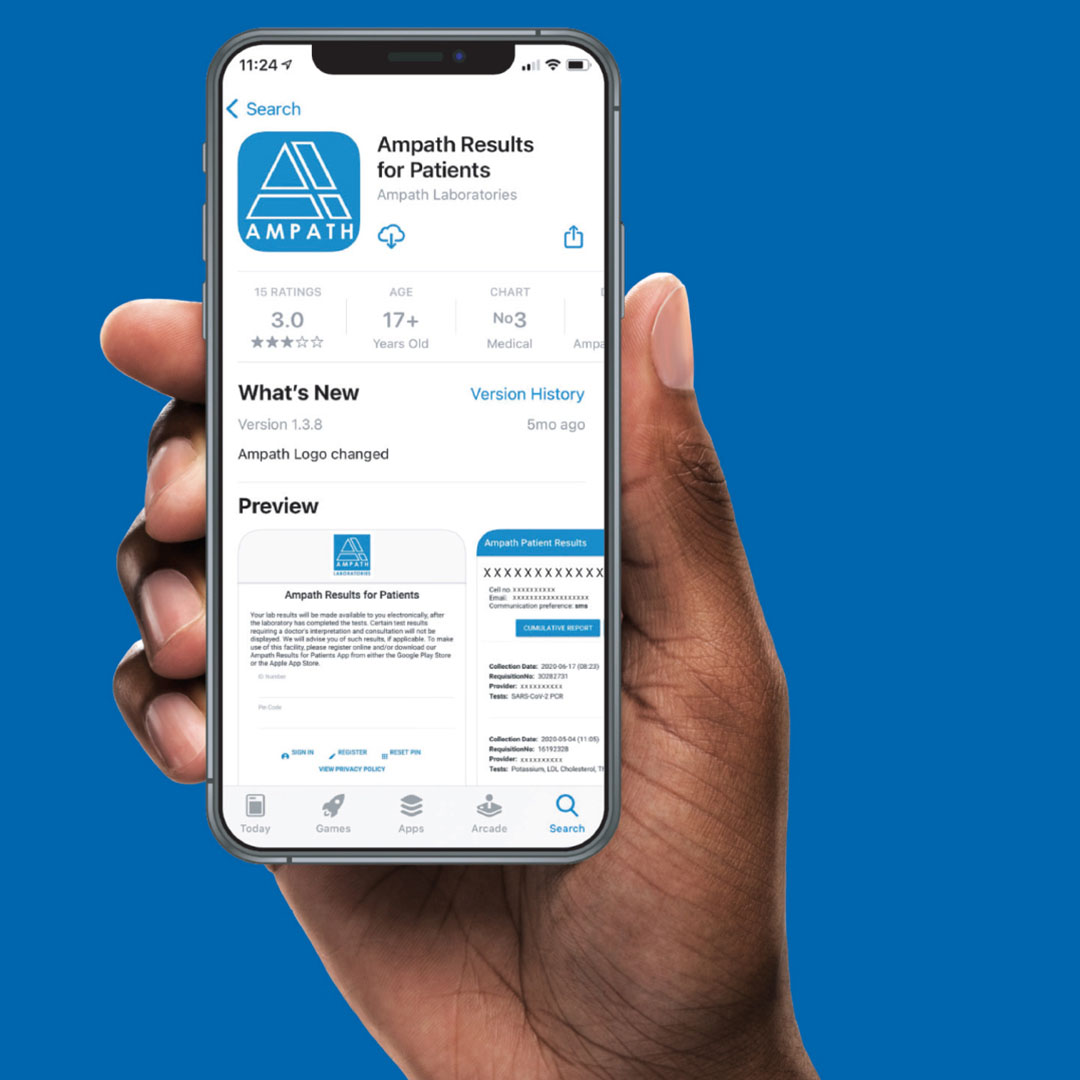
Feb 19, 2021 | Chemical Pathology
Ampath is proud to offer the Results for Patients App to get your COVID-19 and other test results in real time. It is available to download from the Google Play or IOS App Stores. Read further for detailed steps on how to use the App....
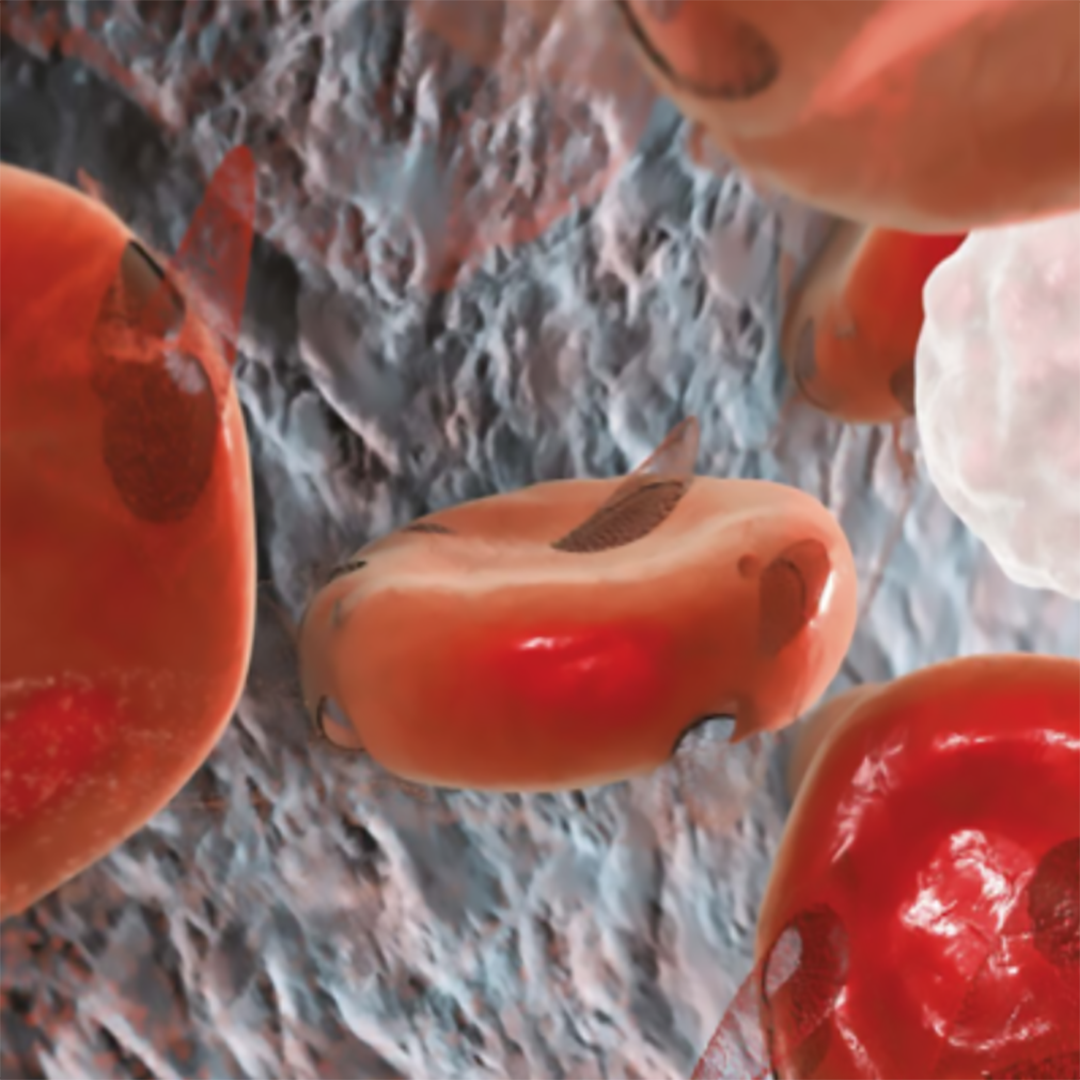
Jan 24, 2021 | Chemical Pathology
Anaemia is a condition where there are insufficient healthy red blood cells in the body. Anaemia may be temporary or long term and can range from mild to severe. Worldwide, the most common cause of anaemia is iron deficiency, an essential nutrient required by the body to make haemoglobin. Red blood cells contain haemoglobin which is the transport molecule for oxygen and carbon dioxide. Without sufficient haemoglobin, the blood stream cannot carry sufficient oxygen to the tissues and organs....
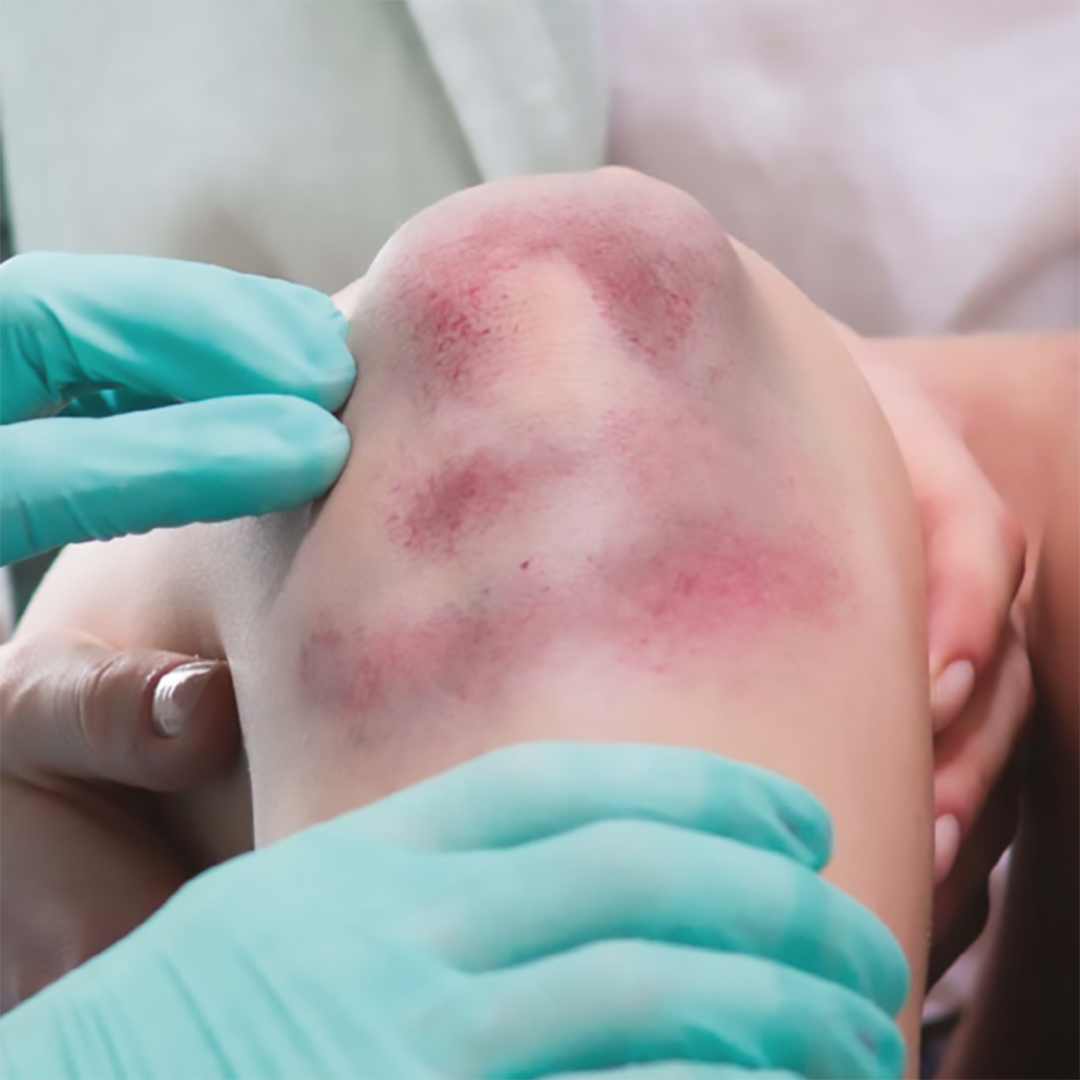
Jan 23, 2021 | Chemical Pathology
A bruise occurs when blood leaks out of the small blood vessels beneath the skin, building up in the surrounding tissue. Bruises can occur in any area of the body and may result from a small superficial injury to the skin itself or may be a sign of a deep trauma to an underlying bone/muscle. Bruises do not blanch under pressure and can be painful to touch....
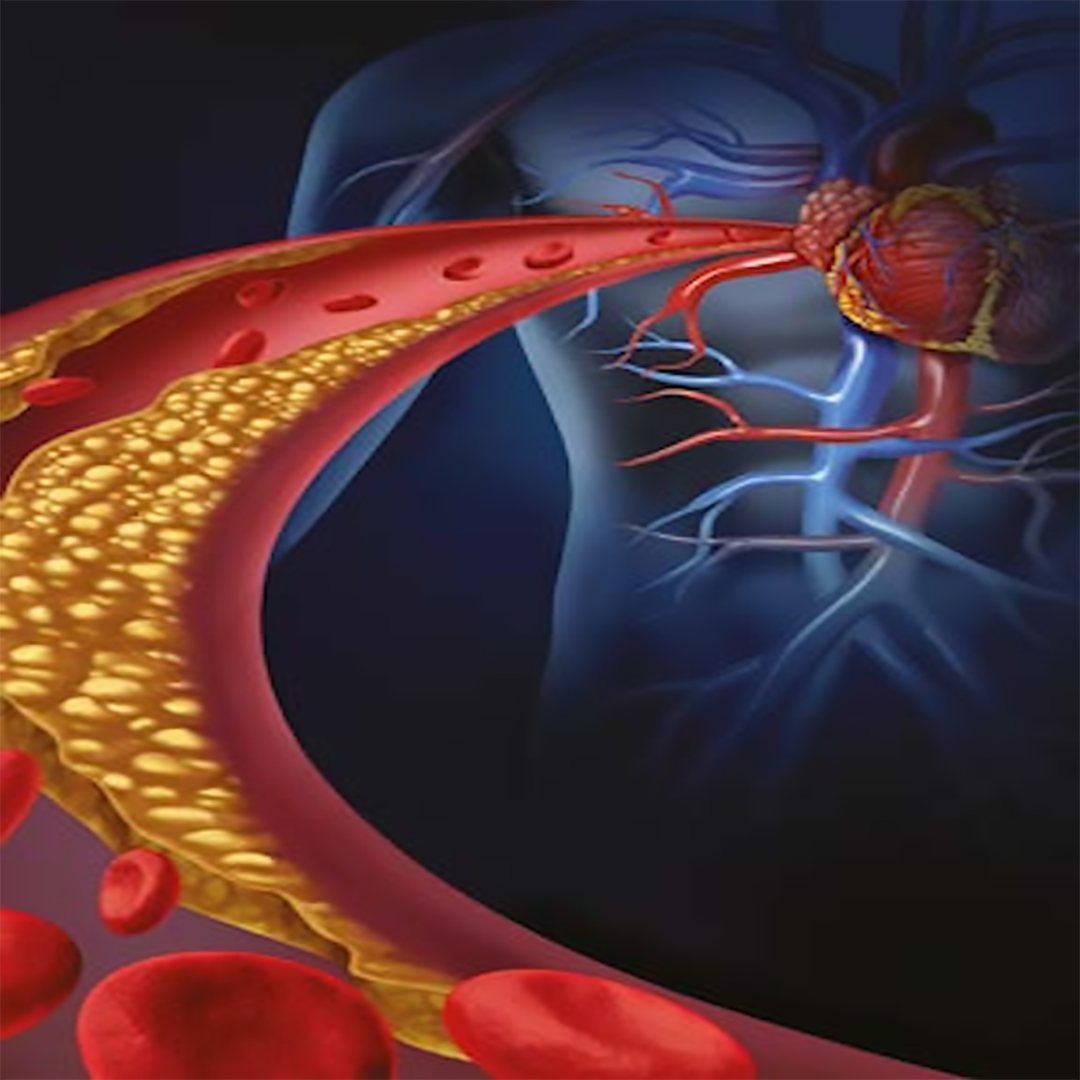
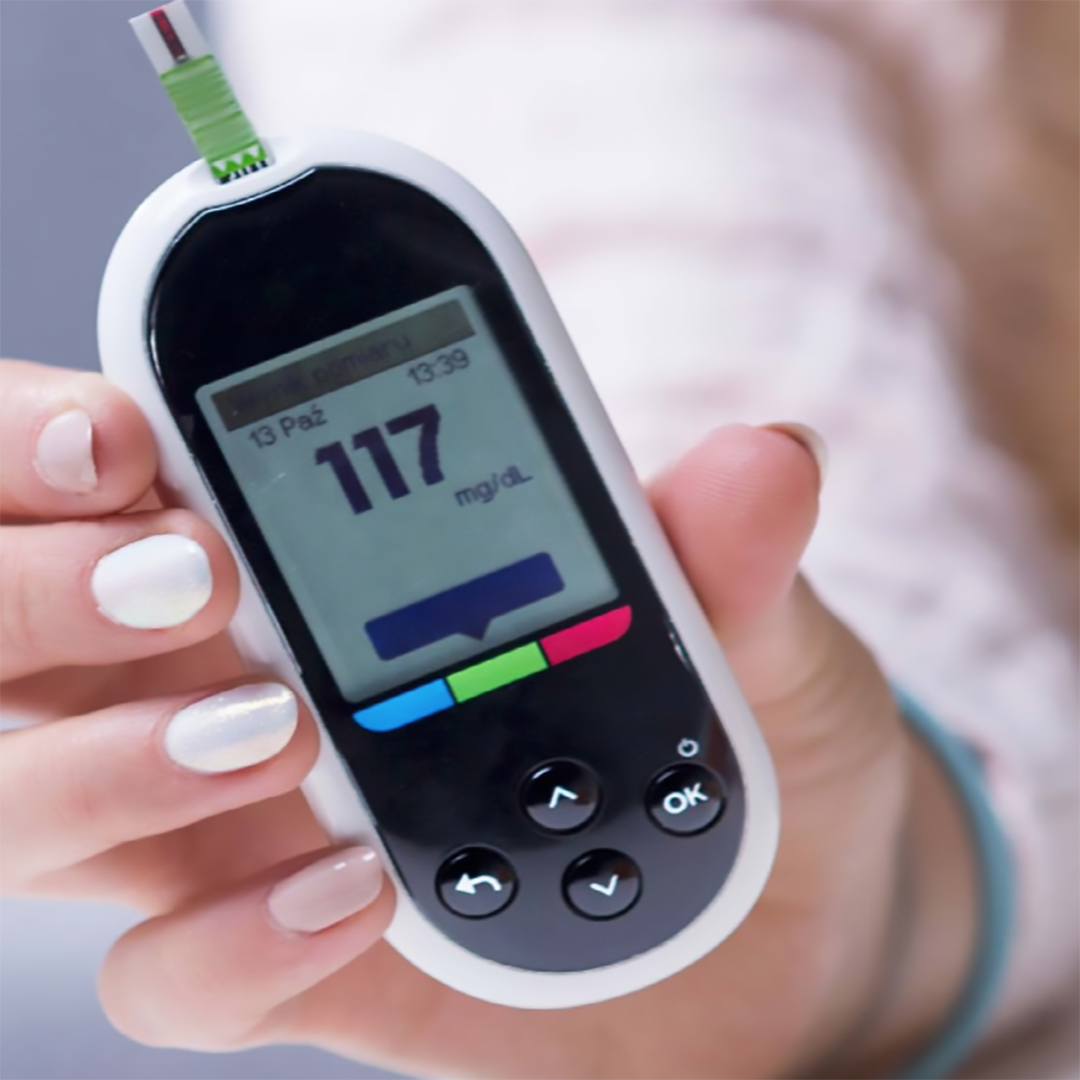
Jan 21, 2021 | Chemical Pathology
Diabetes mellitus (DM) is a metabolic disorder characterised by a raised level of glucose (or sugar) in the blood. Diabetes is the result of either insulin deficiency (type 1) or resistance to the actions of insulin (type 2)....
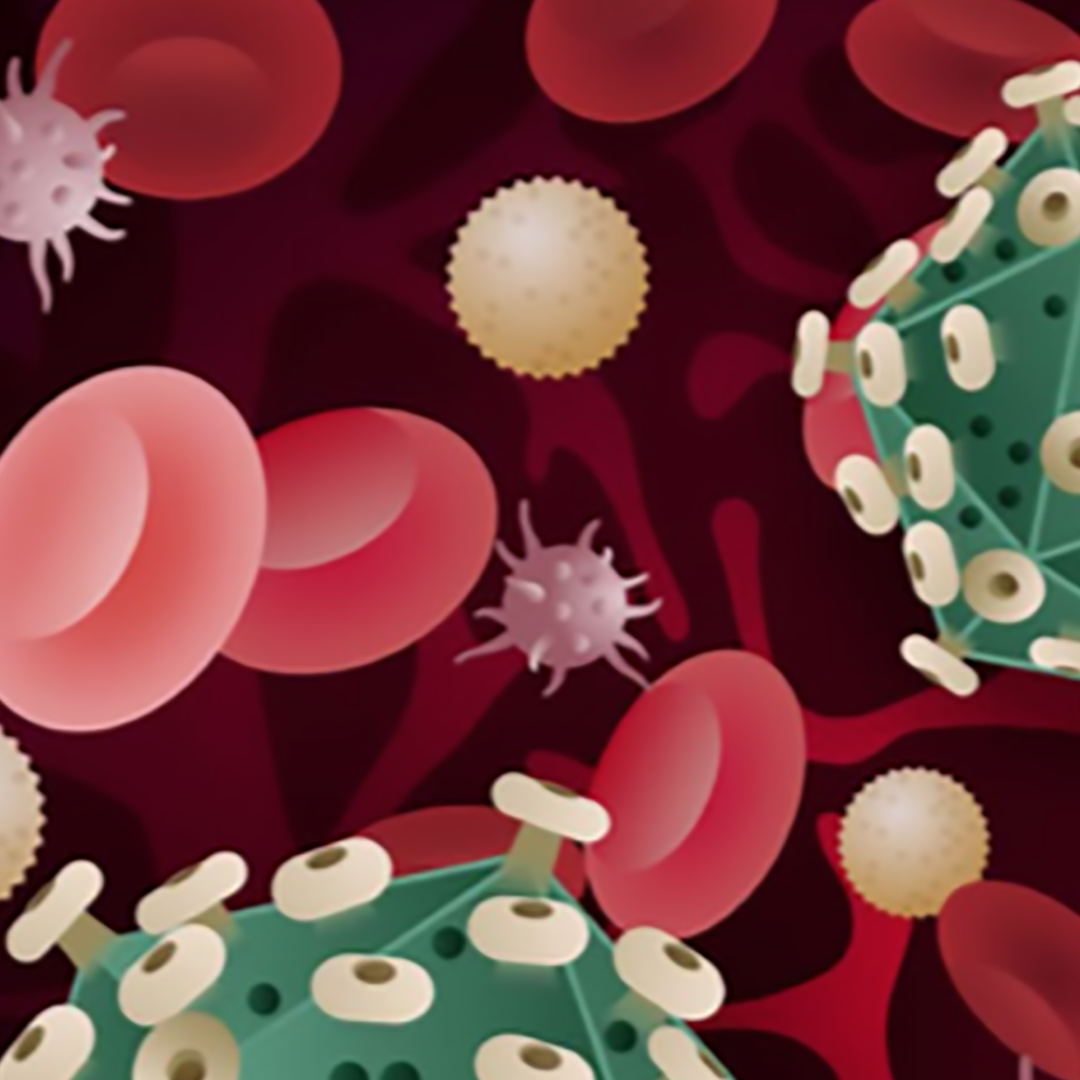
Jan 20, 2021 | Chemical Pathology
Human immunodeficiency virus (HIV) is a virus that infects and slowly destroys certain cells of the immune system....
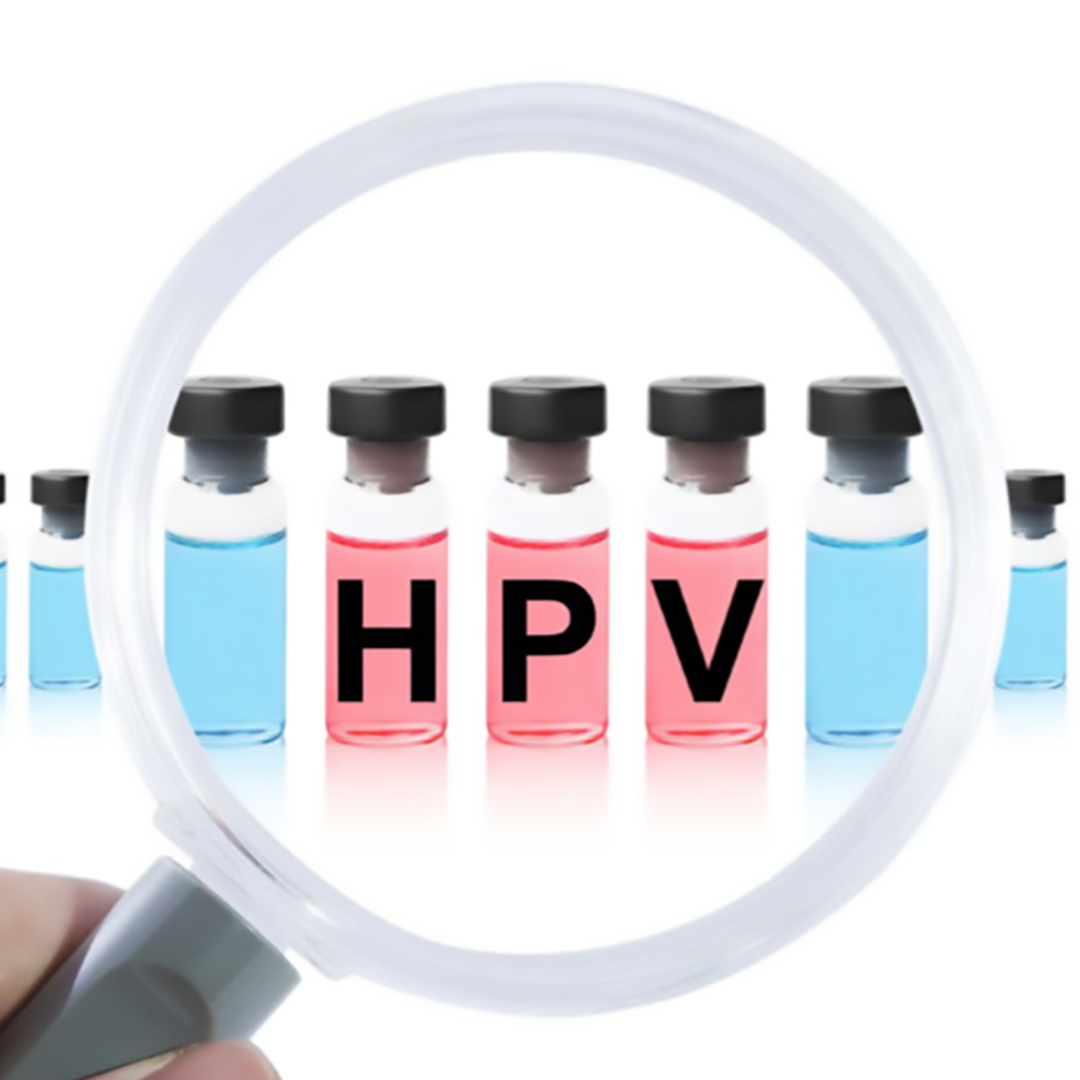
Jan 19, 2021 | Chemical Pathology
HPV is the most common sexually transmitted virus. Approximately three out of four people who have sex will get a genital HPV infection at some point during their lives. HPV is not the same virus as HIV (human immunodeficiency virus) or HSV (herpes simplex virus) which are other sexually transmitted viral infections....
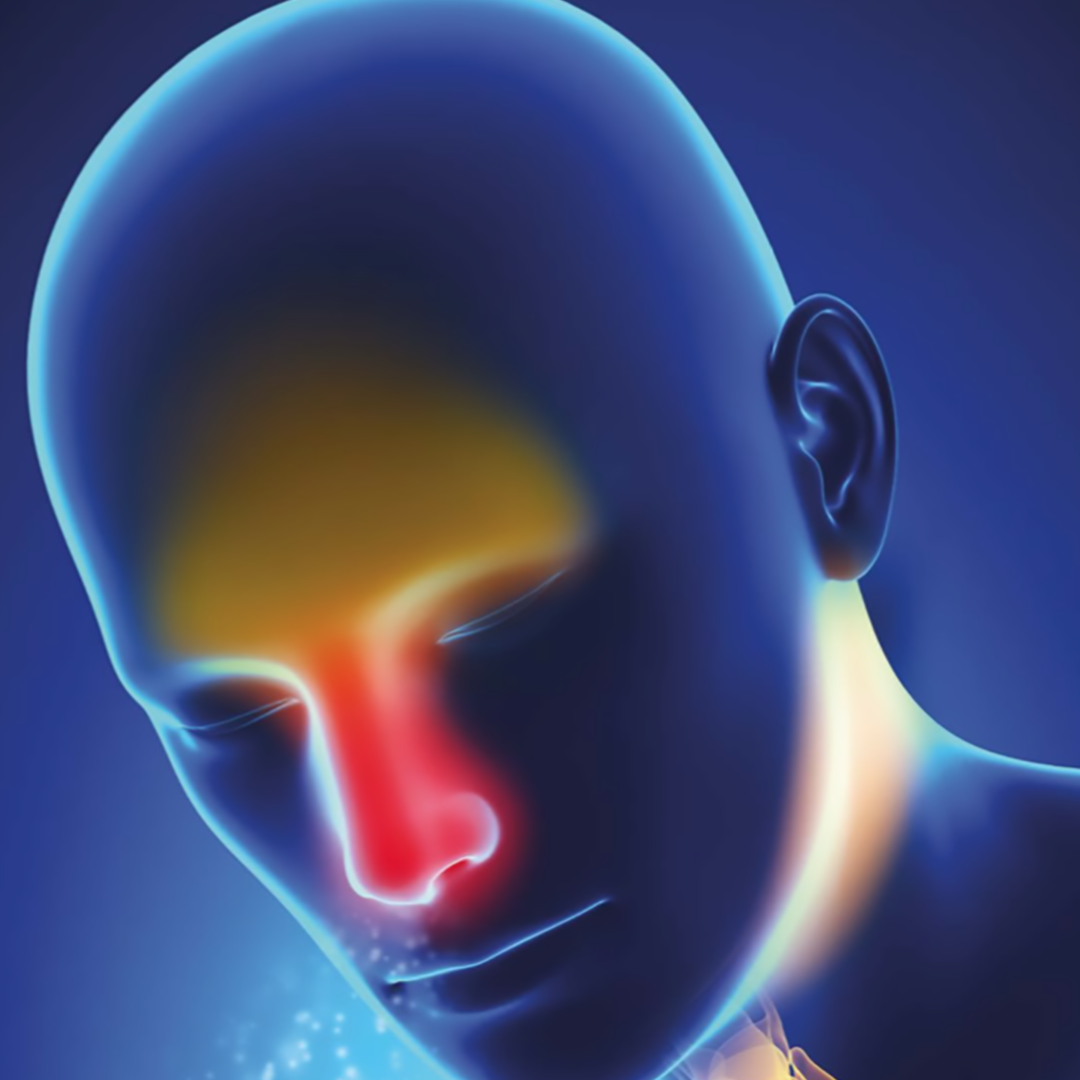
Jan 17, 2021 | Chemical Pathology
Influenza (“Flu”) is an infectious respiratory disease caused by the influenza virus. It can range from a mild infection to severe life-threatening disease. There are three main types of influenza viruses: influenza A, B and C. In South Africa, influenza infections are usually seen during our winter months, typically between April and October. Two subtypes (strains) of influenza A and one subtype of influenza B typically circulate in a given season. These are referred to as the circulating seasonal influenza strains....
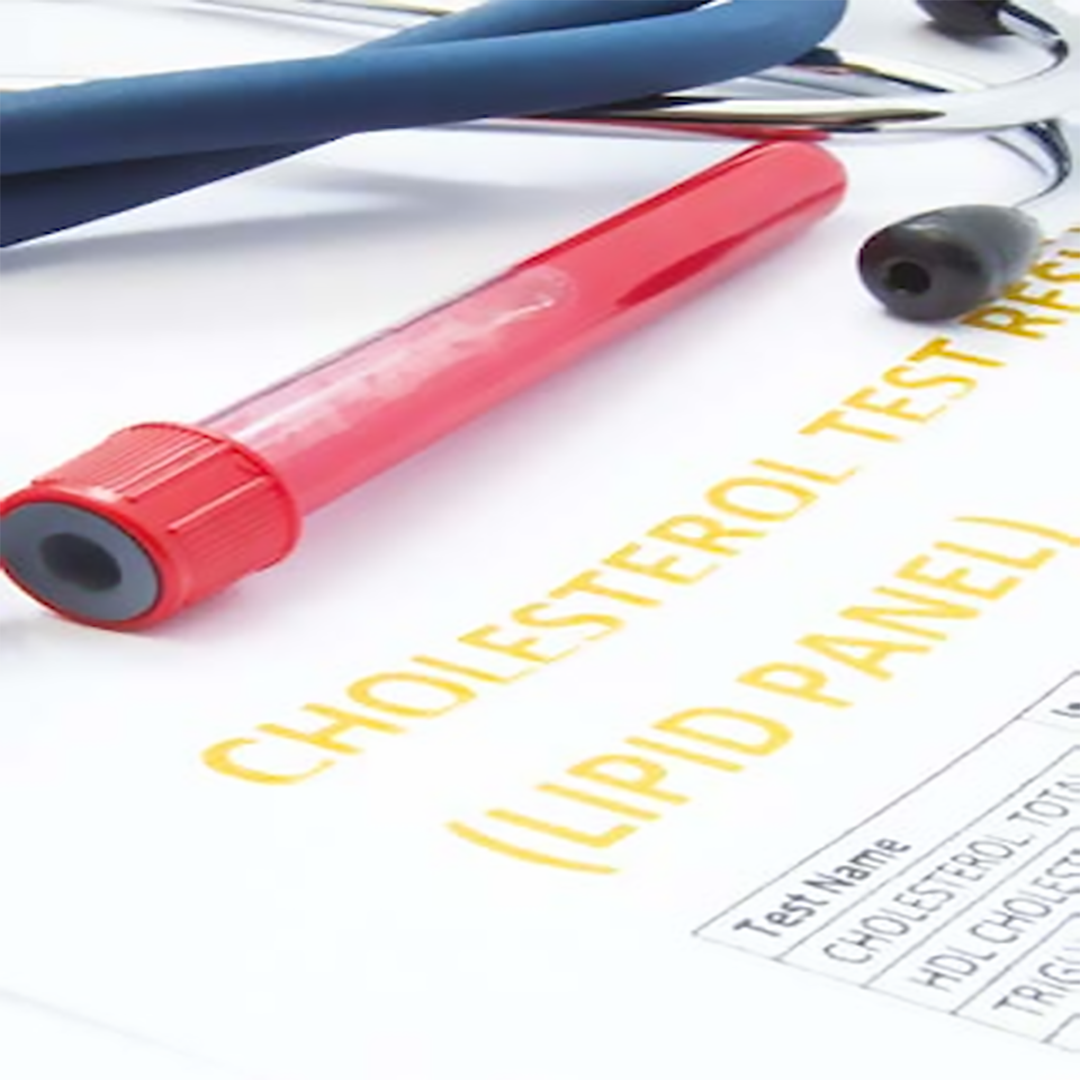
Jan 15, 2021 | Chemical Pathology
Contrary to the widespread belief that lipids are bad for your health, lipids perform essential functions in the body. Lipids, or fats, are found in the bloodstream in two main forms. The first is triglycerides, which is a major storage form of energy. Elevated triglyceride levels can however increase the risk of developing diabetes, cardiovascular disease and other life-threatening diseases, e.g. pancreatitis. The second important class of lipids is cholesterol. These molecules have a variety of crucial functions in the body including being predecessors of hormones (incl. cortisol, oestrogen and testosterone), maintaining the integrity of cell membranes, and aiding in the absorption of fat-soluble vitamins....
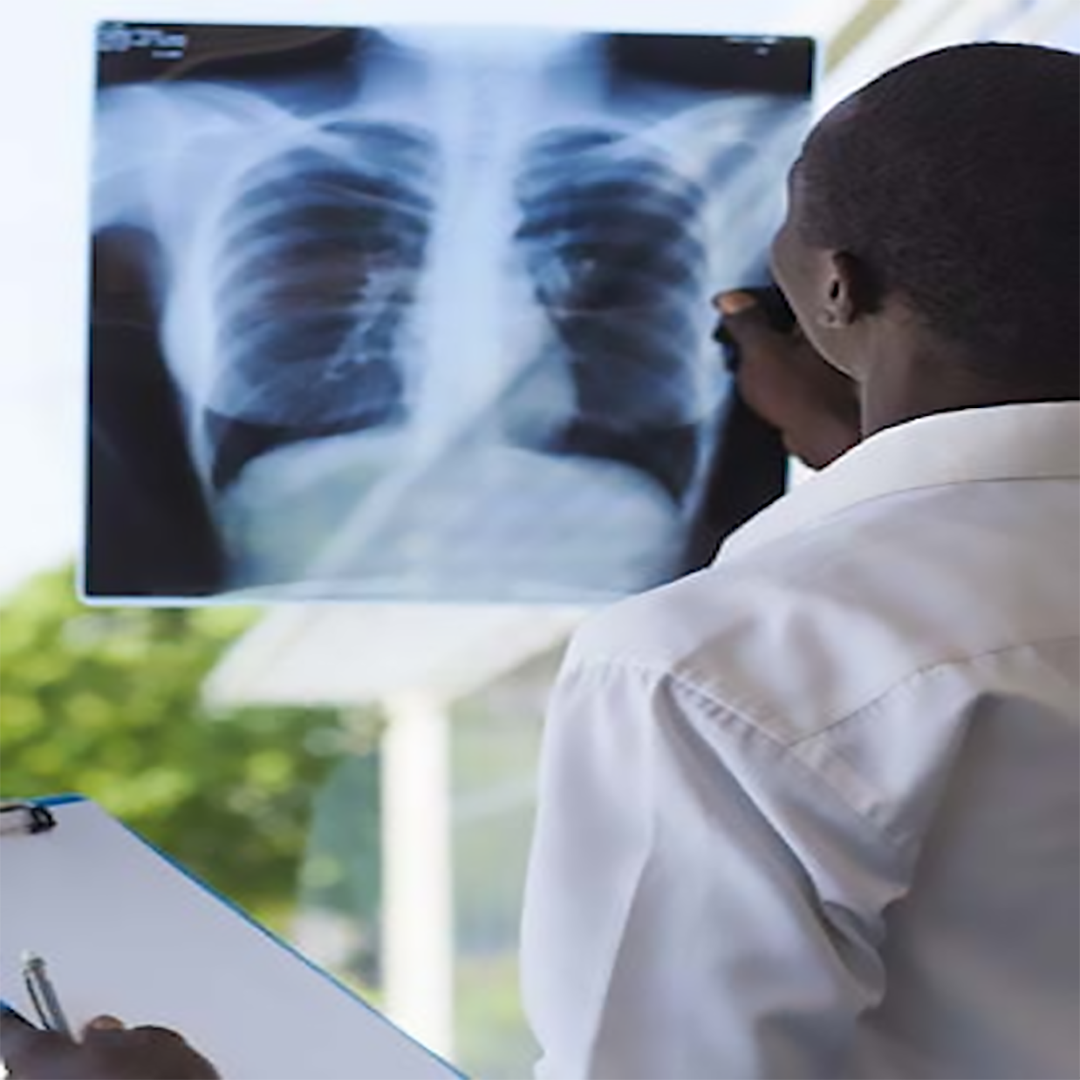
Jan 14, 2021 | Chemical Pathology
Cancer of the lung is a condition where cells of the lung, usually those lining the airways, divide and multiply uncontrollably to form a growth or tumour. This is called primary lung cancer....
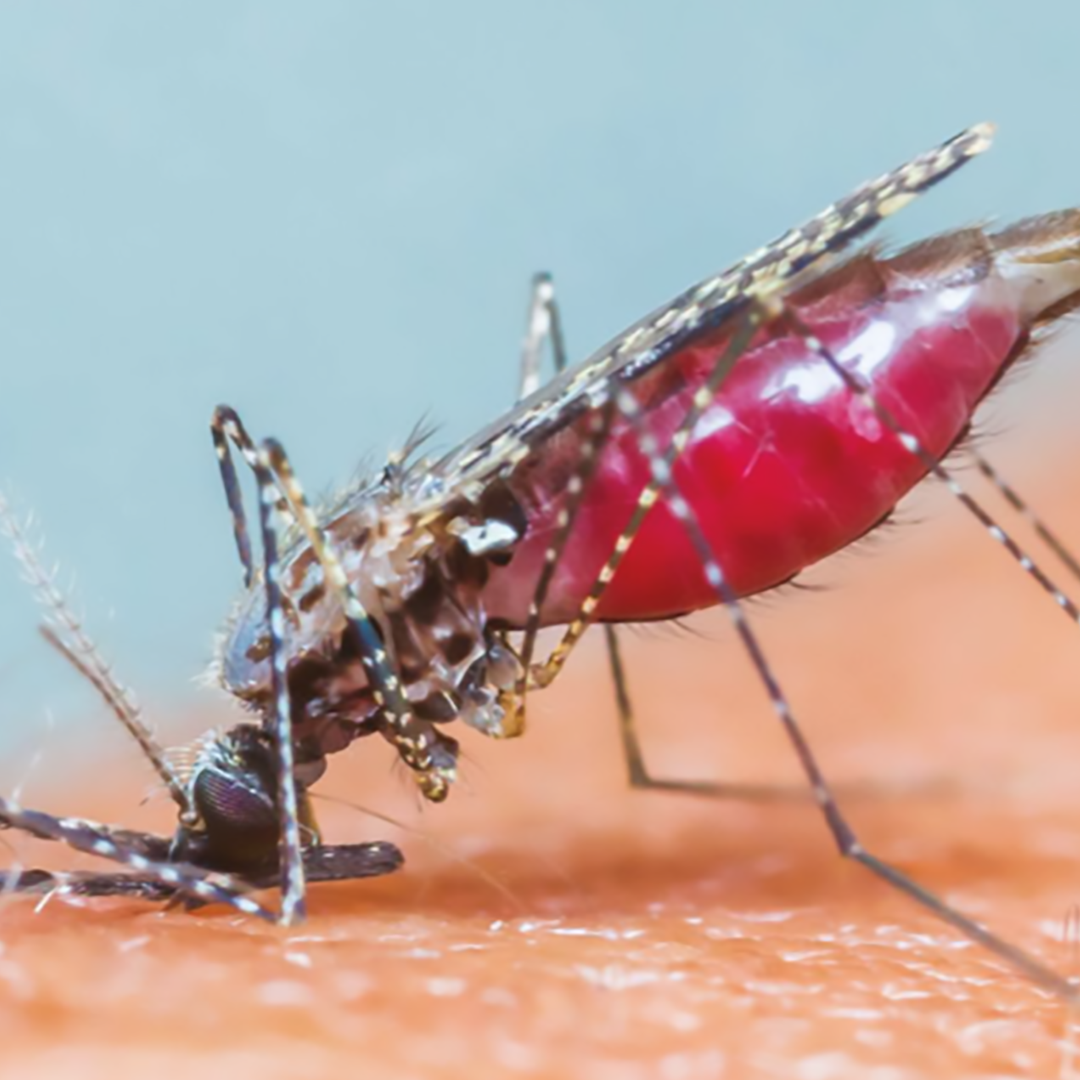
Jan 13, 2021 | Chemical Pathology
Malaria is a serious, and sometimes fatal, disease caused by a parasite that infects red blood cells. Five species of the malaria parasite infect humans. Plasmodium falciparum, the parasite that causes cerebral malaria, is the most dangerous; the other 3 types of parasite (vivax, malariae, and ovale) generally cause less serious disease. The fifth parasite, Plasmodium knowlesi, is presently a rare cause of malaria....
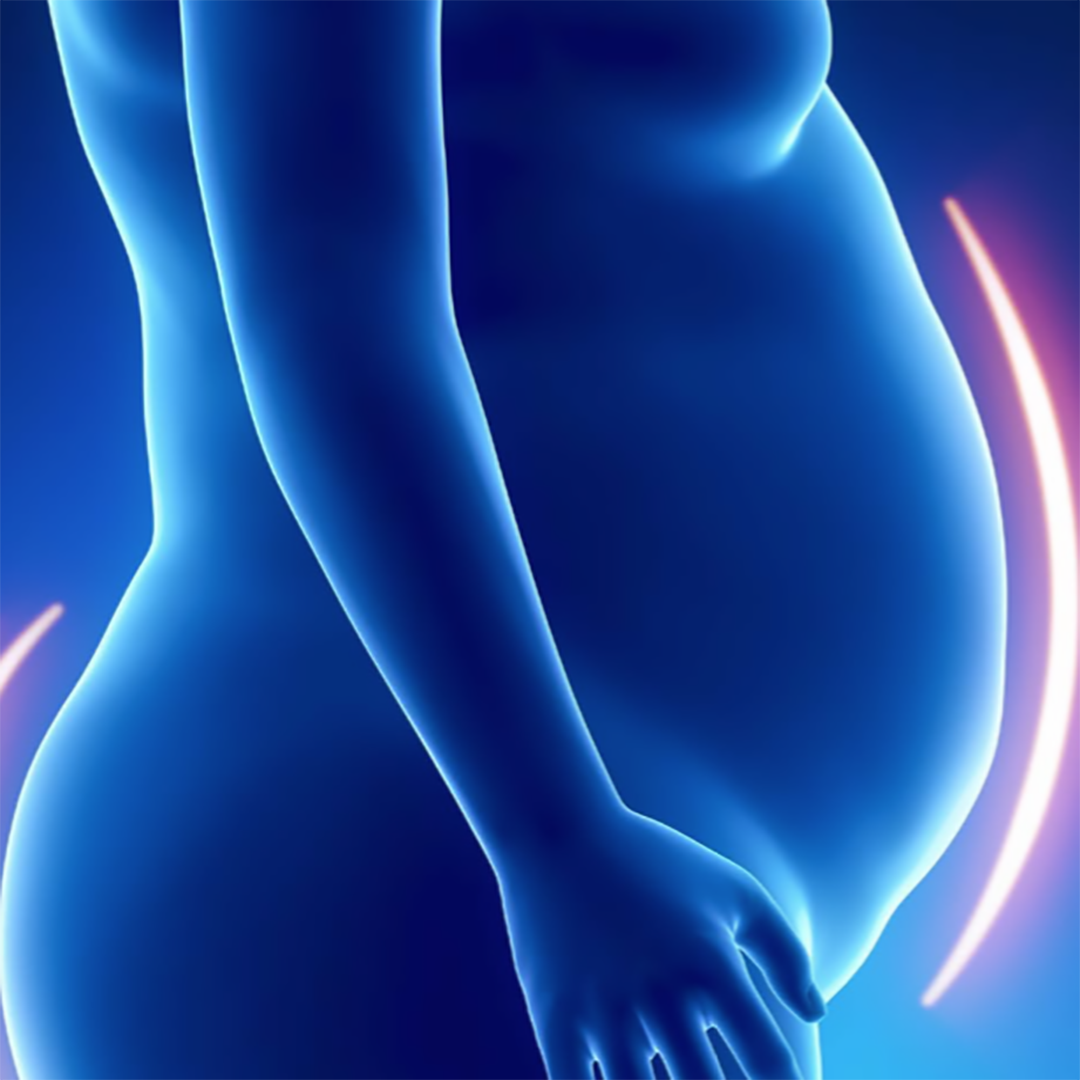
Jan 12, 2021 | Chemical Pathology
The metabolic syndrome is not a disease but a group of characteristics or risk factors that commonly appear together, often linked to insulin resistance. These characteristics include obesity, high blood pressure, elevated blood sugar levels and high triglycerides (fat-like substances in the blood)....
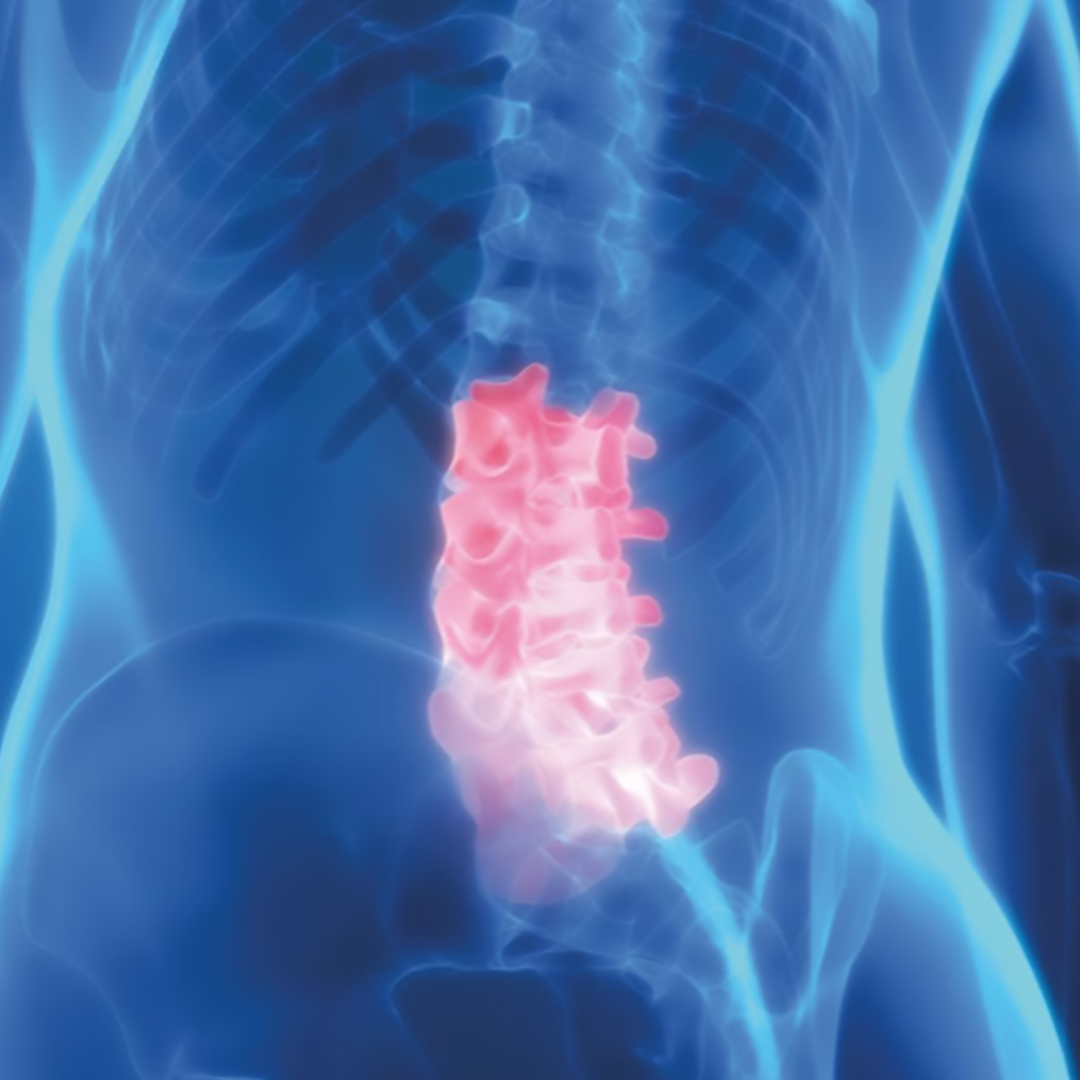
Jan 11, 2021 | Chemical Pathology
Osteoporosis is a disease of bone, therefore understanding bone is important to understand the disease....

Jan 10, 2021 | Chemical Pathology
Paternity means fatherhood. A paternity test establishes proof as to whether an alleged father is the biological father of a child. Paternity is excluded if it is shown that an alleged father is not the biological father....
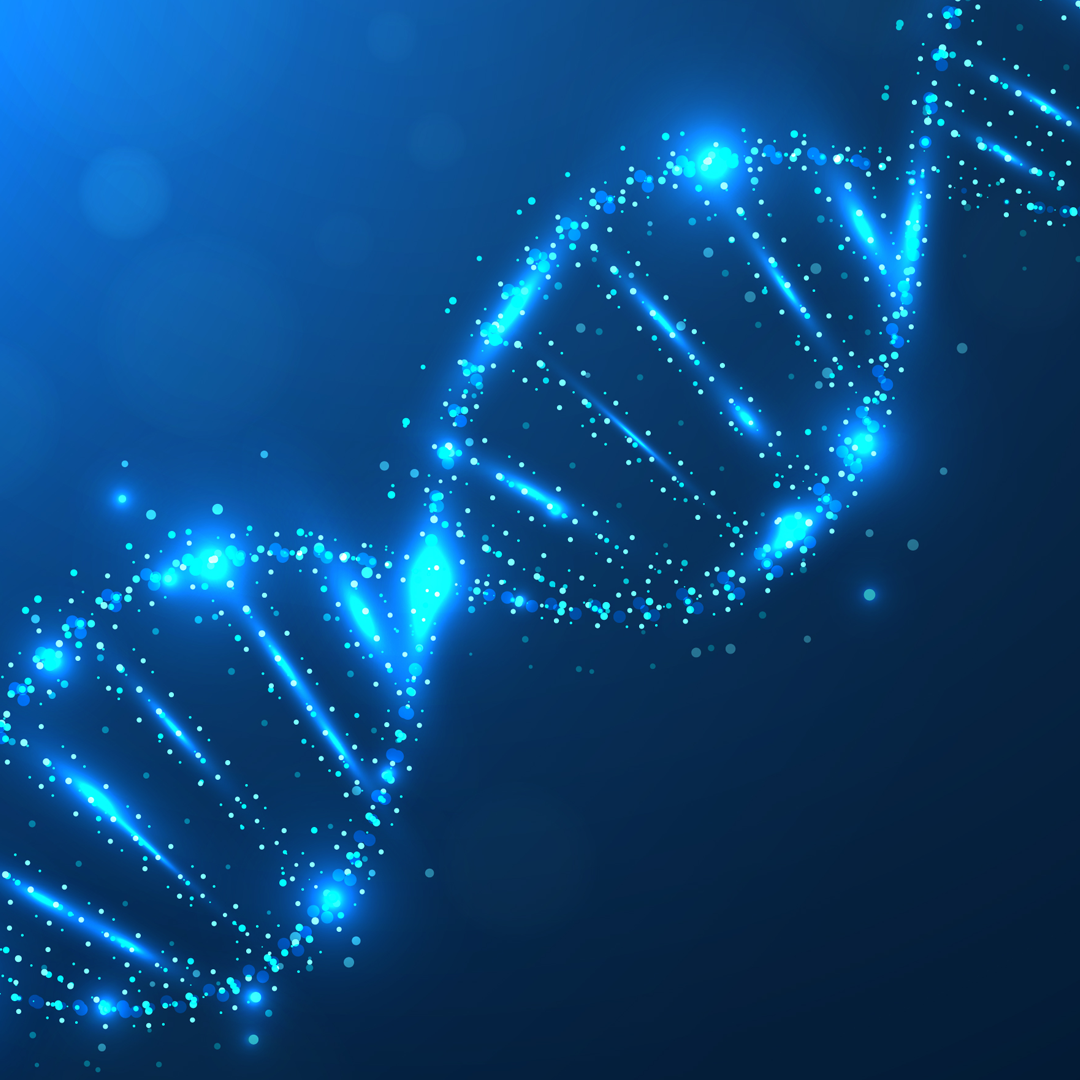
Jan 09, 2021 | Chemical Pathology
Pharmacogenomics is the study of differences in your genetic code and how that affects medication you may be taking. It identifies what makes you unique and different from other people, and may assist in predicting how your body may respond to certain medications - either prescription or obtained over-the-counter (OTC)....
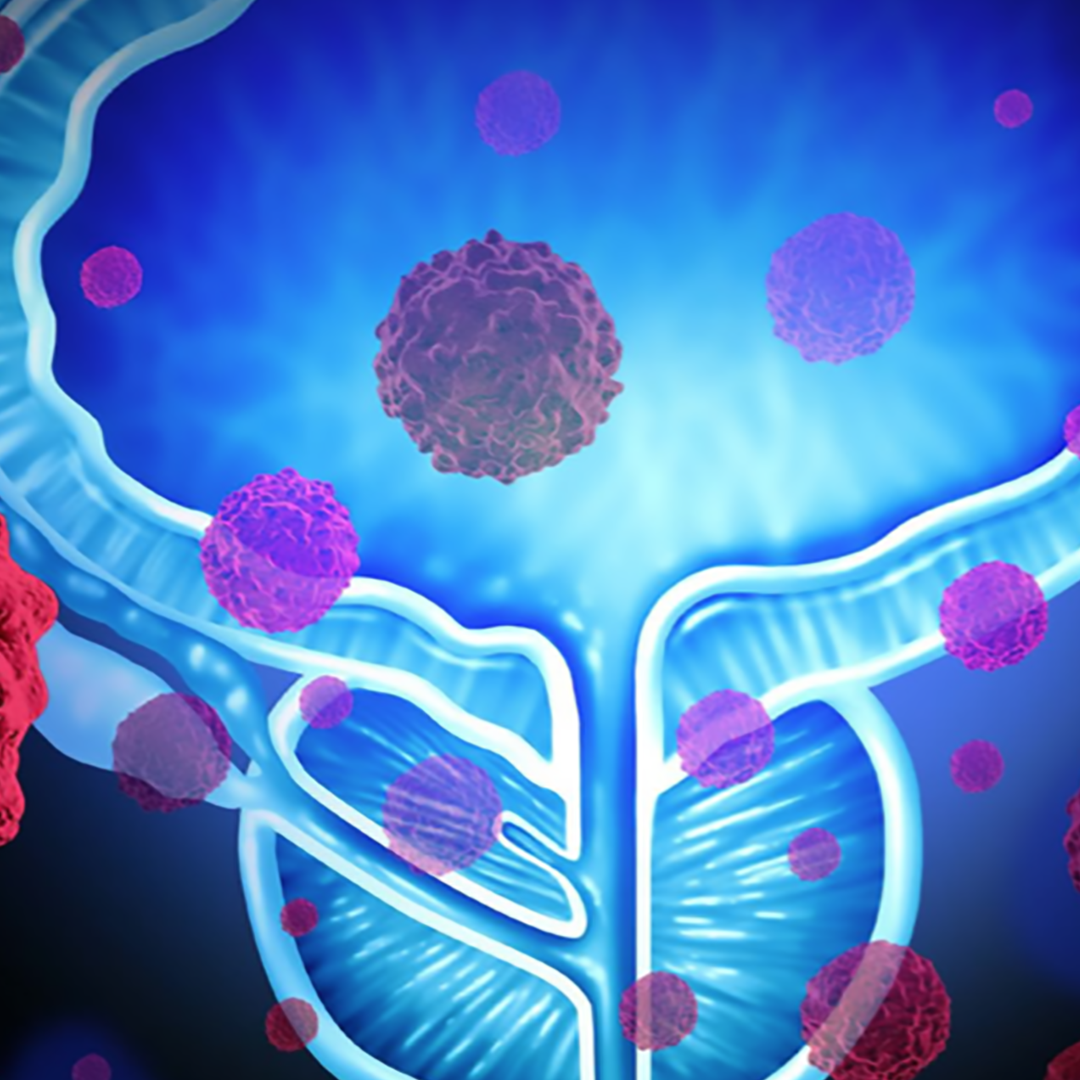
Jan 08, 2021 | Chemical Pathology
Prostate cancer is the most common cancer among males in South Africa and occurs more often in men older than 50 years. Although the prevalence of prostate cancer is high, most men will not die from their prostate cancer due to the slow growth of the cancer (most are non-aggressive). According to the SA National Cancer Registry (2013), the average lifetime risk for developing prostate cancer is 5.6 %, or 1 in 18 for all males. Asian males have a 1:27 risk, black males a 1:29 risk, coloured males a 1:15 risk and white males a 1:9 risk; with the risk increasing with increasing age....
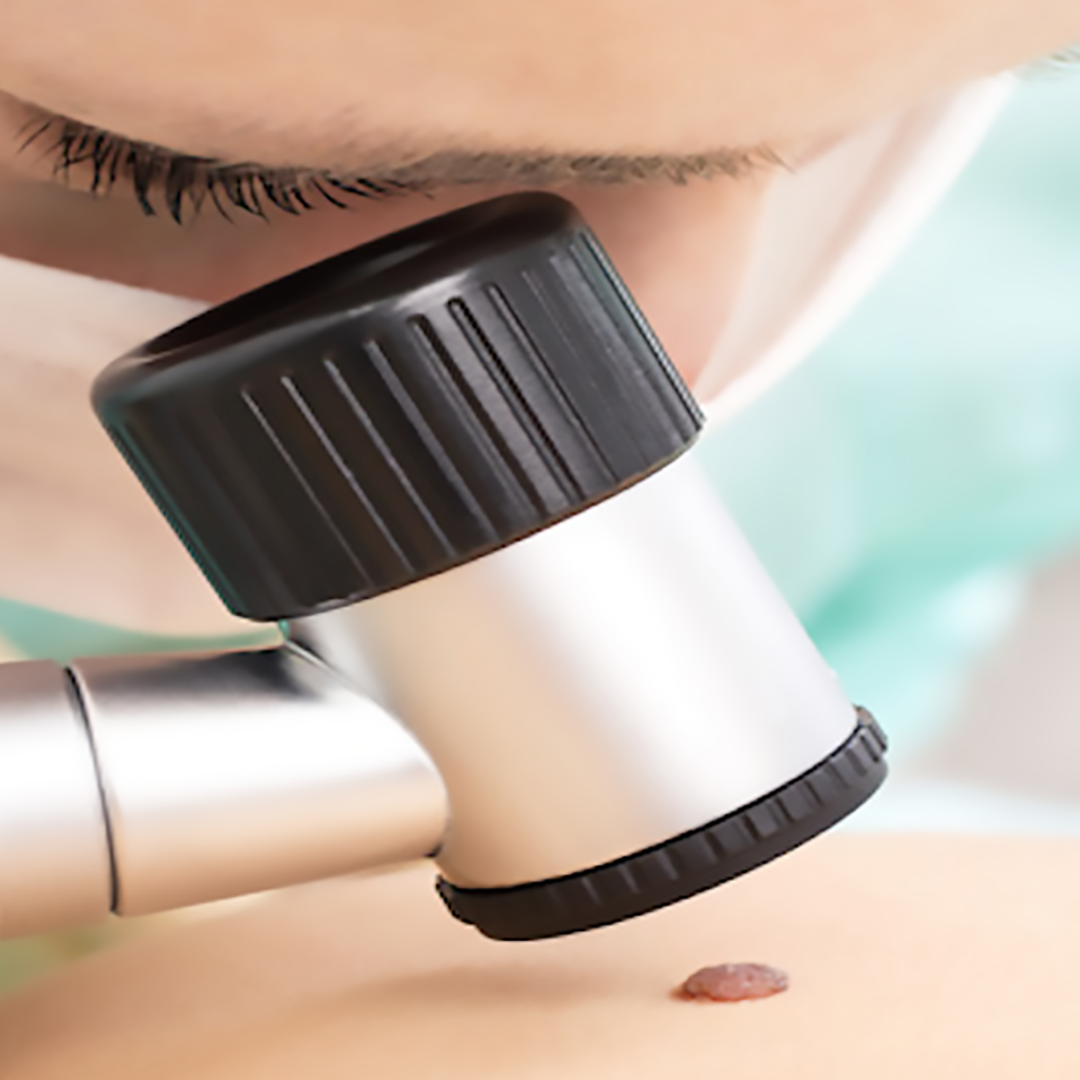
Jan 07, 2021 | Chemical Pathology
Pigmented (coloured) skin lesions are very common, most of them representing benign (non-cancerous) tumours of the pigment-forming cells and skin, namely the melanocytes. However, not all darkly pigmented lesions are derived from the melanocytes— some represent warts of different cell types, blood vessel lesions or some non-melanocytic cutaneous malignancies....

Jan 06, 2021 | Chemical Pathology
Stem cell transplant is a life-saving procedure used in conditions such as leukaemia (cancer of the white blood cells), lymphoma (cancer of the lymphatic system), bone marrow failure (severe aplastic anaemia) and some genetic blood and immune system disorders, for example, sickle cell anaemia....
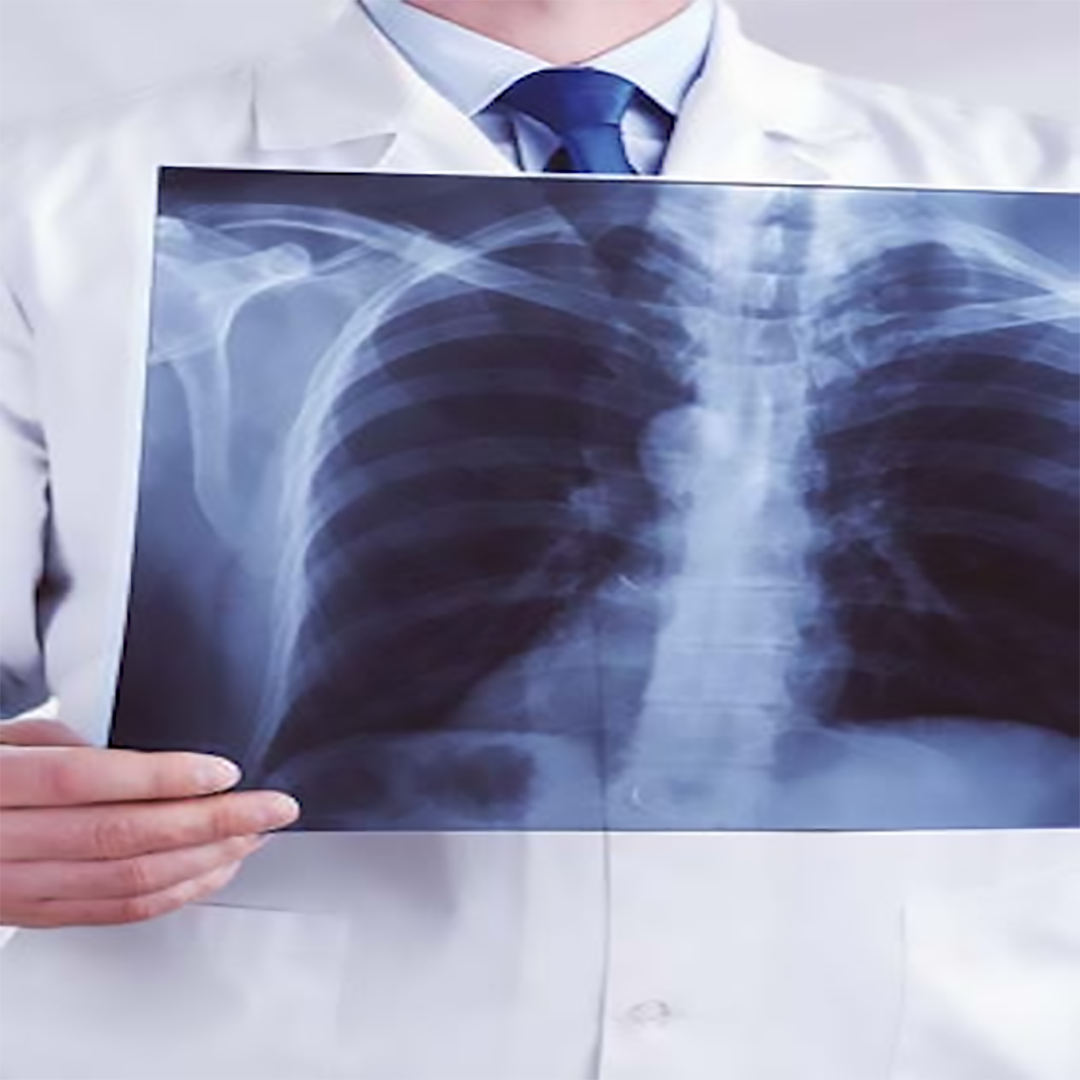
Jan 05, 2021 | Chemical Pathology
Tuberculosis (TB) is an infectious disease caused by a bacteria named, Mycobacterium tuberculosis. It mainly affects the lungs, however, any part of the body such as glands, the abdomen, bones, brain and spine can be involved....
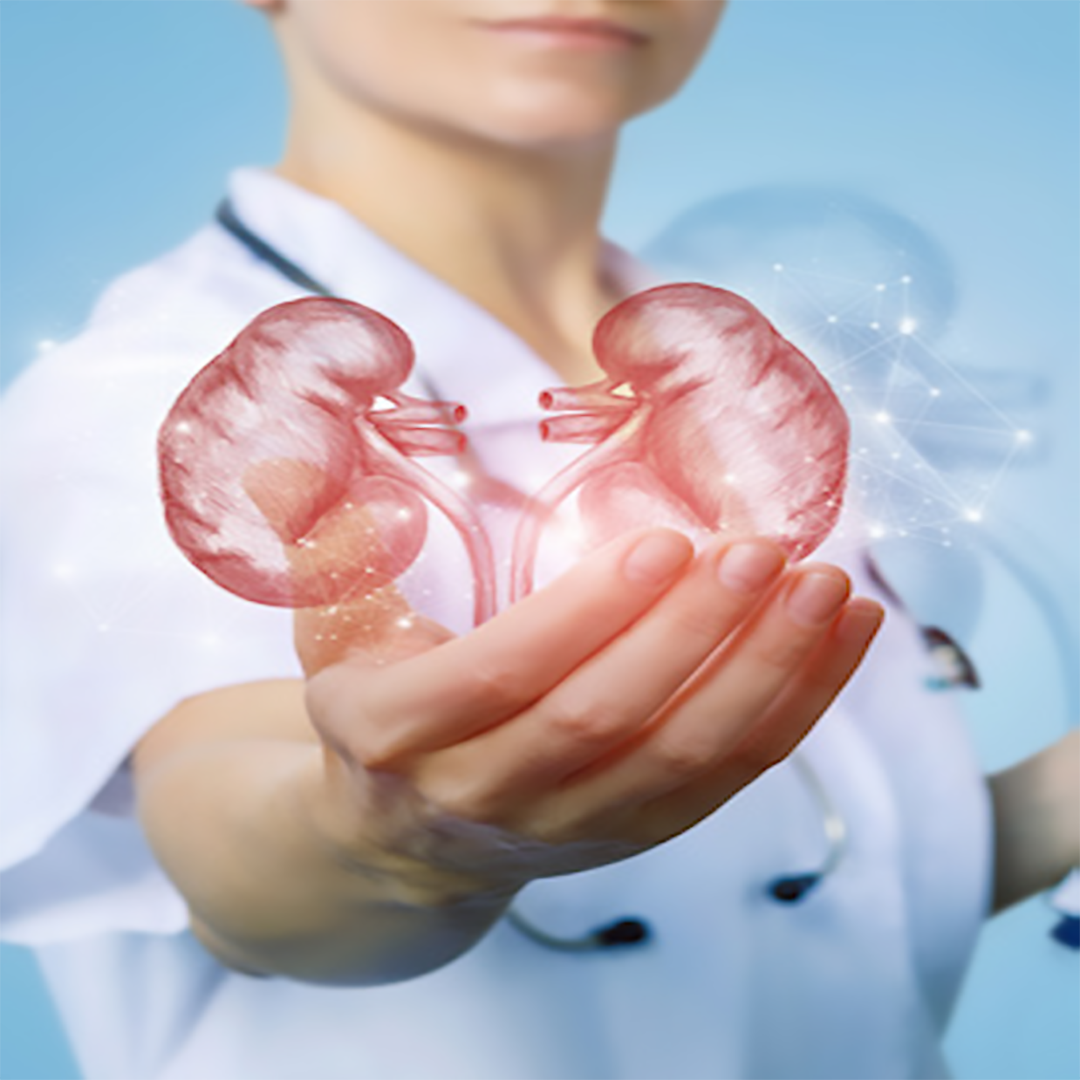
Jan 04, 2021 | Chemical Pathology
Finding a compatible donor for an organ or stem cell transplant involves comparing tissue types, called HLA (human leucocyte antigen) molecules between the potential donor and recipient. Tissue types are almost like a person’s blood group, five different types of HLA molecules are tested for solid organ transplants; HLA-A, HLA-B, HLA-C, HLA-DR and HLA-DQ. A person will have two of these HLA molecules, one from their mother and one from their father. Each individual has their own unique tissue type....
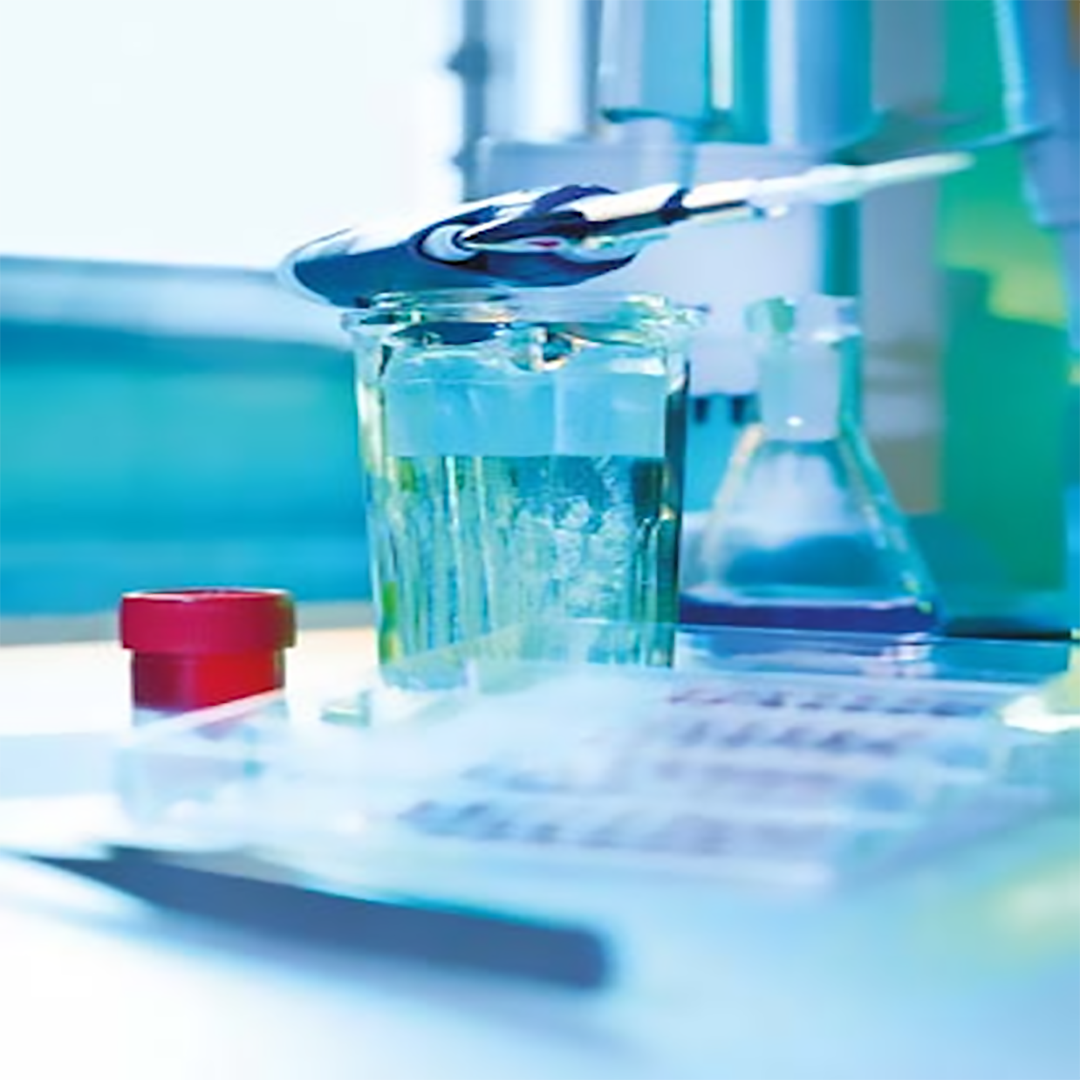
Jan 03, 2021 | Chemical Pathology
It is estimated that laboratory tests influence about 70% of all treatment decisions made by a doctor and thus pathologists and the laboratory form an integral and essential part of delivering timely, high quality medical care. The purpose of this pamphlet is to give you an overview of our role as medical specialists and the value of the medical services we offer, as well as what happens after a specimen has been collected from you for a particular laboratory test....
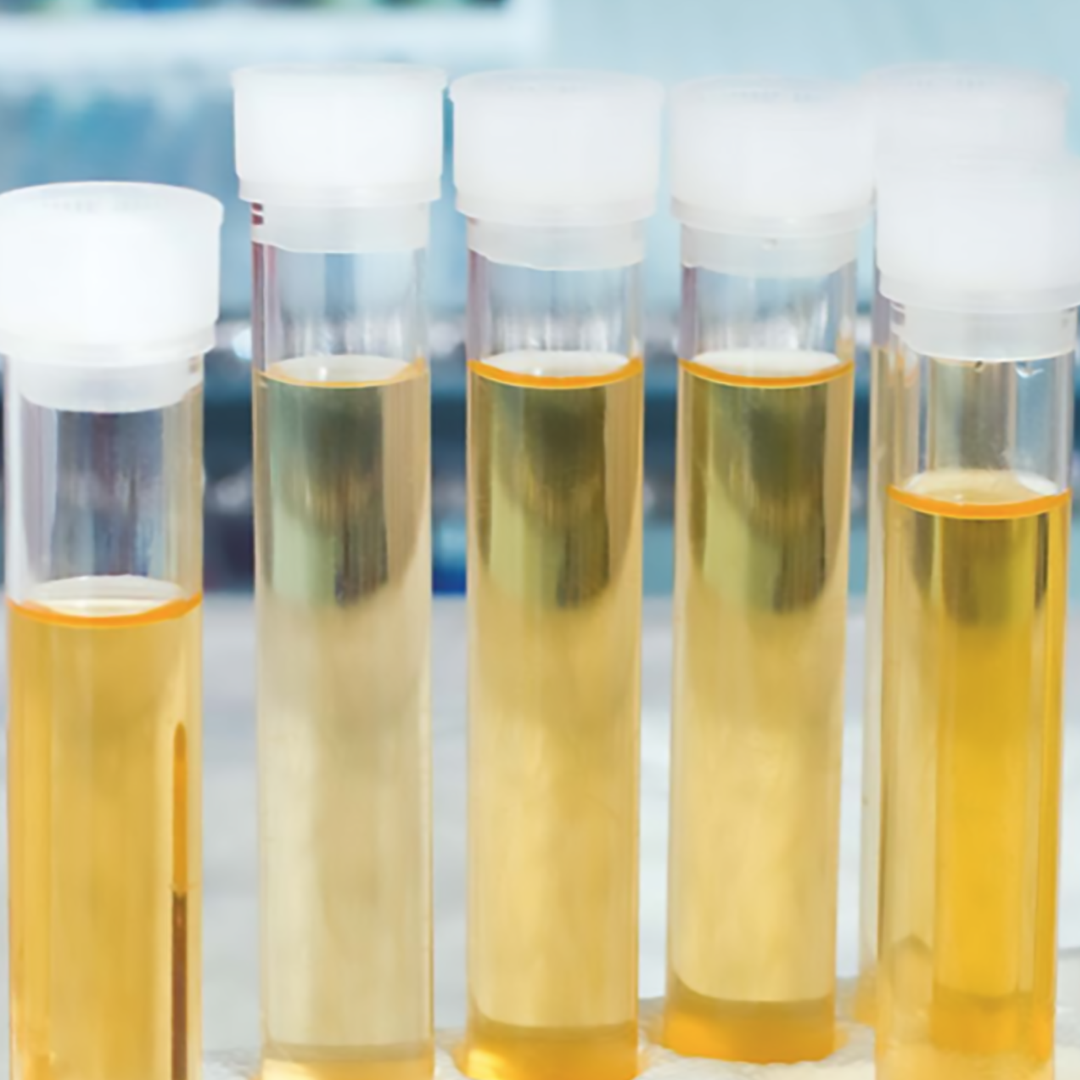
Jan 02, 2021 | Chemical Pathology
This pamphlet has been issued to you because your doctor has requested a specific urine test. Our nursing staff will indicate which method of collection you must use. Please follow the instructions below for correct and safe collection of the sample....
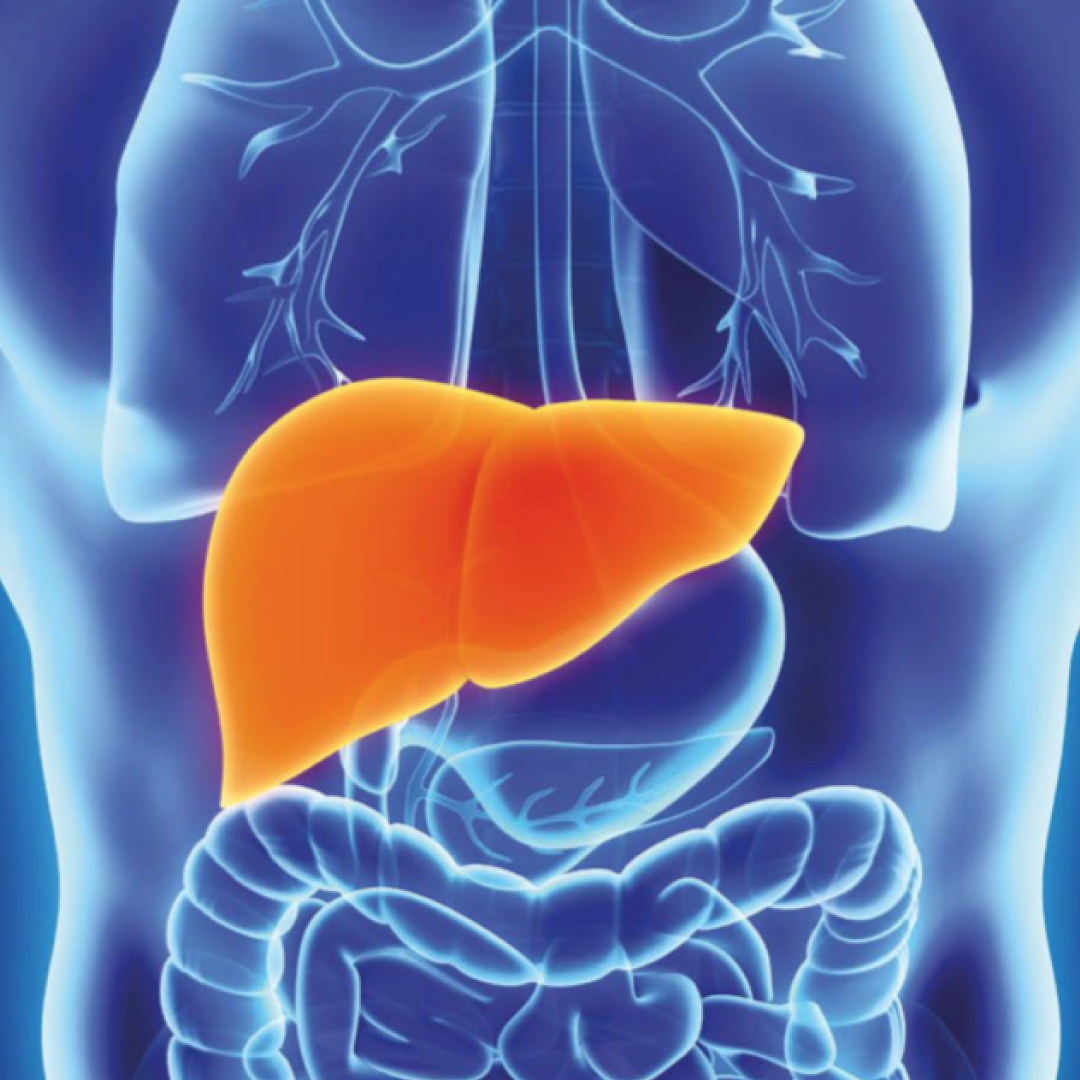
Jan 01, 2021 | Chemical Pathology
Dr Irma Ferreira
PathologyHepatitis C virus (HCV) can cause a short-term (acute) infection which may become a long term (chronic) infection. HCV is transmitted mainly through contact with contaminated blood. Sexual transmission of HCV is possible, but it is rare. Hepatitis C can also be transmitted from mother to baby....